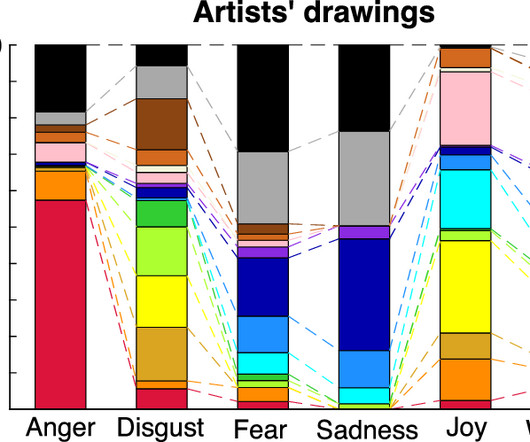Are there ‘rules’ for conveying emotion through art?
Futurum
SEPTEMBER 26, 2023
I was fascinated by the physical processes that underlie information processing, so studied physics and computer science initially. My PhD in computational and neural systems was a formational time. I experienced collaborations between biology, engineering and social sciences with a playful attitude.










Let's personalize your content